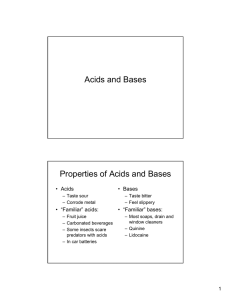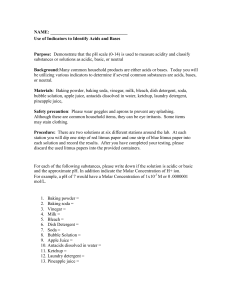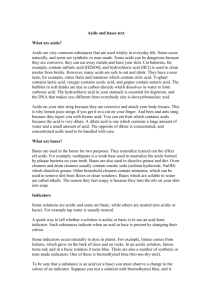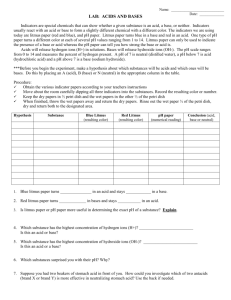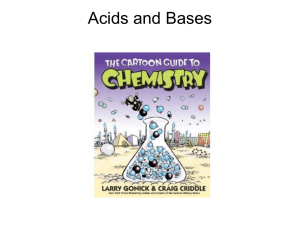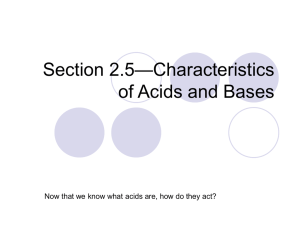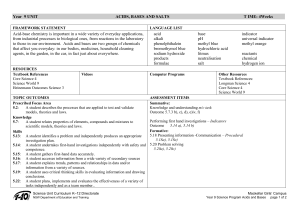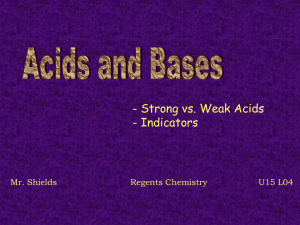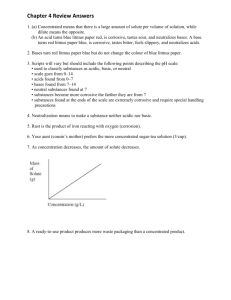Distinguishing Between Physical & Chemical Changes
advertisement
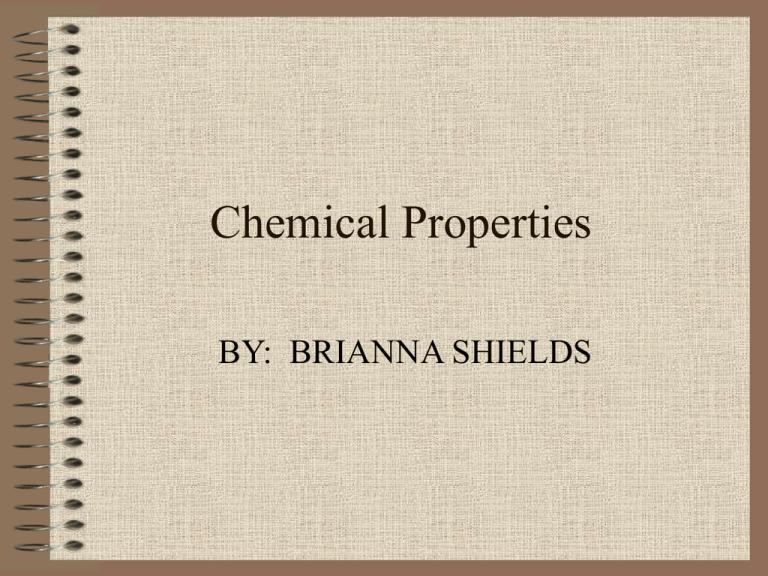
Chemical Properties BY: BRIANNA SHIELDS DO NOW • On the last page of your note packet from last class: Label the arrows on the diagram with the words evaporation, melting, freezing and condensation • Also, label where the solids, liquids and gases exist • Work with your group members GOAL • To distinguish between physical and chemical changes • Chemical Changes • Changing the substance into a new one by changing atoms • Other Chemical Indicators • 1. Burning • 2. Foaming/Fizzing/ Bubbling • Other Chemical Indicators • 3. Odor change • 4. Color change • 5. Corroding Acids • Other Chemical Indicators • 6. Rusting metal (iron + oxygen = rust) • 7. Explosions (fireworks) • 8. Verdigris- greened statutes (copper + sulfur) • Other Chemical Indicators • 9. Cooking & some food production (cake baking, cheese production) • 10. Chemical processes in nature (photosynthesis) Physical and Chemical Changes • Chemical Change • A substance changes into a new and different substance • The atoms are altered • Often involves chemical rx 2 chemical indicators • ACIDS – – – – – Corrosive Sour taste pH paper 1-6 (reddish) Turns litmus red Phenopthalein in acid (no color change) – Vinegar & lemon juice • BASES – – – – – Corrosive, slippery Bitter taste pH paper 8-14 (bluish) Turns litmus blue Phenopthalein in base turns pink – Soaps, cleaning products Acids & Bases • Watch the demonstrations at the front counter- are the substances acids or bases? How do you know? Physical or Chemical Change? • • • • • • • Painting a statue Chopping wood Crushing sugar crystals Dissolving salt Boiling water Exploding firecrackers Mixing baking soda & vinegar Physical or Chemical Change? • • • • • • • Rotting eggs Crumpling wax paper Slicing cucumber Fizzing antacid in water Lighting a match Zipping a coat up Rusting bike chains
